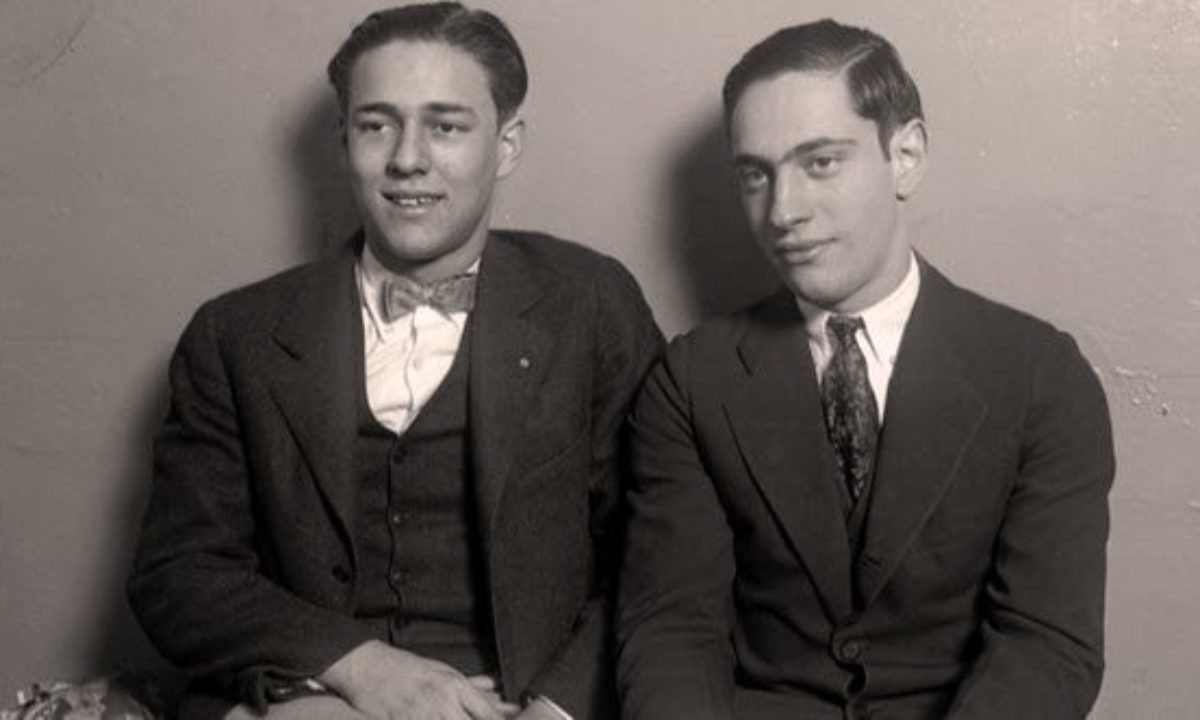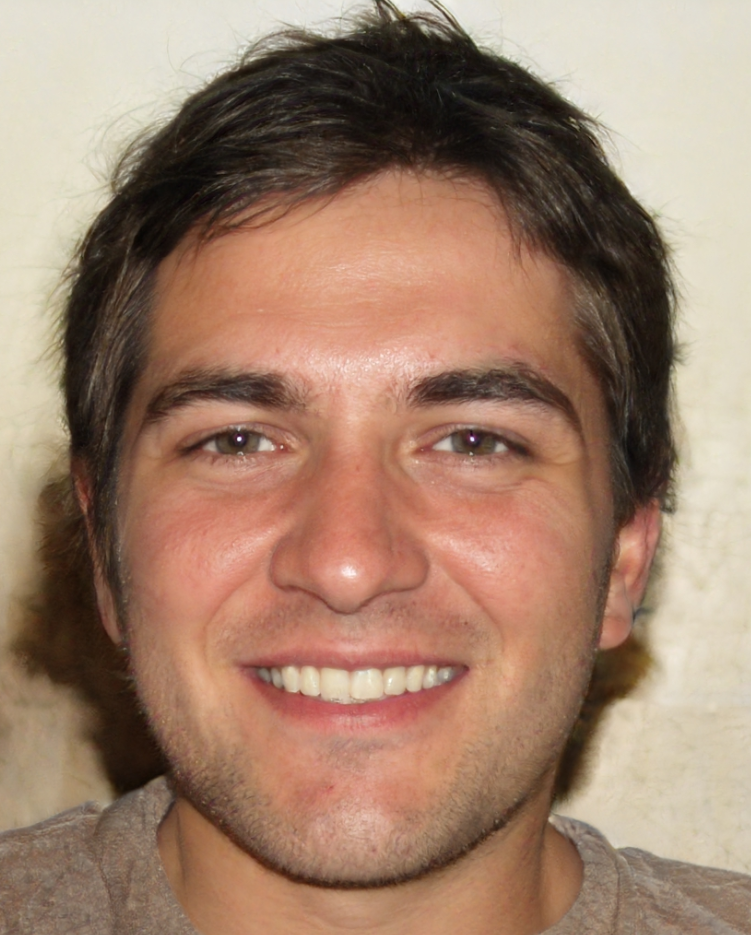
During the summer of 1984, Elizabeth Haysom, aged 20, crossed paths with Jens Soering, an 18-year-old German native, at a University of Virginia orientation event. Their encounter blossomed into a passionate romance, fueled by fervent exchanges of love letters. However, their love story took a dark turn in the winter of the same year when Haysom's parents met a tragic end in a brutal double murder.
Despite a jury's conviction of Soering and Haysom's involvement in the crime, Soering vehemently denied any culpability. He asserted that Haysom had manipulated him into carrying out the heinous act.
While awaiting trial, Soering received a diagnosis of shared psychotic disorder, also known as folie à deux, a term derived from French, denoting the "madness of two." This psychiatric condition underscored the complexity of their relationship and the blurred lines between reality and delusion that ultimately led to a horrific outcome.
Understanding Folie À Deux
In 1877, French psychiatrists Jean-Pierre Falret and Ernest-Charles Lasègue introduced the concept of shared psychotic disorder, known as folie à deux, which involves the transfer of delusional beliefs from a "primary" individual to one or more "secondaries." Forensic psychiatrist Brian Holoyda, specializing in cult behavior and the insanity defense related to folie à deux, identifies characteristics that make secondaries susceptible to the influence of primaries.
These include emotional immaturity, dependence, social isolation, mental illness, cognitive deficits, and the nature of the relationship, with longer and closer bonds being more commonly associated with these cases.
Holoyda notes that primaries typically dominate the relationship, while secondaries passively absorb and act upon the delusional beliefs and directives of the primary individual.
In the case of Jens Soering and Elizabeth Haysom, both had tumultuous family backgrounds, but Haysom's love letters revealed her desire for her parents' demise. Furthermore, Haysom, diagnosed later with borderline personality disorder, exhibited a more dominant personality compared to Soering.
John Hamilton, a forensic psychiatrist who examined Soering, highlighted in a 1986 report that it's not uncommon for individuals closely associated with someone experiencing psychosis to adopt their delusions. Hamilton suggests that Soering's dependent and immature traits predisposed him to believe Haysom's pathological lies and act upon them.
The Survivalist Cult Of Michael And Dennis Ryan
In the 1980s, in the secluded farmlands of southeast Nebraska, Michael Ryan, a white supremacist, orchestrated a survivalist cult where his own teenage son, Dennis, was among the followers. Claiming to receive divine messages, Ryan propagated doomsday predictions and urged his adherents to defy governmental authority, warning of severe consequences for disobedience.
These dire admonitions reached a chilling climax when 5-year-old Luke Stice, the son of a cult member, and James Thimm, another group member, fell victim to torture and murder. Dennis, purportedly acting under his father's instructions, delivered the fatal shot that ended Thimm's life.
During Dennis Ryan's legal proceedings, Rodney Rehm, his defense attorney, acknowledged Dennis's involvement in the killings but emphasized his mental instability. Describing Dennis's initial demeanor as fearful and bewildered, Rehm noted a transformation in his client's independence of thought as the trial progressed.
Rehm elucidated the significance of mental state in homicide cases, highlighting the expert testimony of psychiatrist William Logan, who diagnosed Dennis with folie à deux, attributing his actions to the powerful influence exerted by his father. Unable to dispute Dennis's actions, the defense focused on establishing diminished capacity, arguing that Dennis had been indoctrinated into his father's twisted ideology.
Ultimately, Dennis Ryan's conviction for first-degree murder was reduced to second-degree murder due to the defense's argument regarding diminished intent. Despite initially receiving a life sentence, Dennis was granted a new trial on a legal technicality and ultimately pleaded guilty to manslaughter, securing his release from prison in 1997 after serving 12 years behind bars.
The Toolbox Killers Lawrence Bittaker And Roy Norris
In 1979, Lawrence Bittaker and Roy Norris perpetrated a series of abductions, torture sessions, and murders targeting five teenage girls. Dubbed "The Toolbox Killers," they earned this chilling moniker due to the array of tools they employed to inflict agony upon their victims inside a van ominously dubbed the "Murder Mac."
Their sinister partnership unfolded after they crossed paths at California Men’s Colony prison in 1977, both already bearing extensive criminal records. While incarcerated, their twisted minds intertwined, weaving fantasies saturated with sadistic desires, particularly involving young girls, Bittaker harboring inclinations towards murder. These shared delusions mutated into a macabre scheme that culminated in a ruthless killing spree.
Reflecting on the case, it remains ambiguous whether Norris would have embarked on a path of murder independently. Initially, he voiced objections to the killing of their first victim, Lucinda Schaefer, yet Bittaker relentlessly pushed forward with his lethal intentions.
Renowned FBI profiler John Douglas depicted Bittaker, diagnosed as borderline psychotic, as one of the most terrifying individuals he had ever encountered. Experts such as James Alan Fox, a criminology professor at Northeastern University, and Jack Levin, a sociology and criminology professor emeritus at the same institution, have classified Bittaker and Norris as a quintessential example of folie à deux.
This psychological phenomenon suggests that the heinous murders might never have materialized had the duo not forged their malevolent alliance.
The annals of crime history offer additional notorious instances of folie à deux, including the infamous pair Leonard Lake and Charles Ng, known as "The Hillside Stranglers," Doug Clark and Carol Bundy, dubbed "The Sunset Strip Killers," and Susan (later "Suzan") and James (later "Michael") Carson, infamously known as "The Witch Killers."
Shared Psychosis In Legal Proceedings
According to Holoyda, the psychiatric community no longer officially recognizes folie à deux as a distinct diagnosis. He explains that in the fifth edition of the Diagnostic and Statistical Manual of Mental Disorders (DSM-5), shared psychotic disorder was eliminated. Instead, the DSM-5 acknowledges a condition described as "delusional symptoms in the partner of the individual with delusional disorder," which falls under the category of "other specified schizophrenia spectrum and other psychotic disorder."
Under the current DSM-5 guidelines, this condition is described as follows: "In the context of a relationship, the delusional material from the dominant partner provides content for delusional belief by the individual who may not otherwise entirely meet criteria for delusional disorder." This nuanced classification poses challenges for legal proceedings, making it difficult for juries to readily accept a diagnosis of mental illness and for legal teams to construct a robust insanity defense.
With the removal of shared psychotic disorder from the DSM-5, Holoyda suggests that the frequency of such defense strategies in court cases is likely to decrease in the future. This shift underscores the evolving landscape of psychiatric diagnoses and their implications for legal contexts.
See Also:
